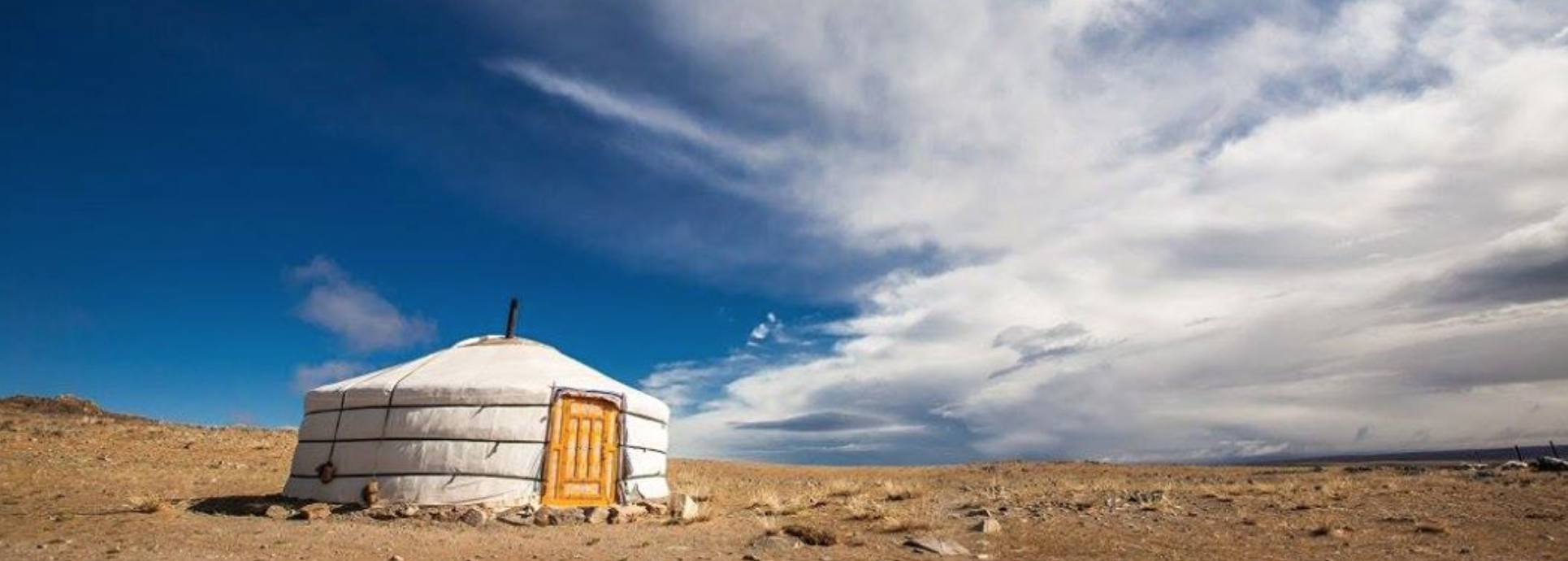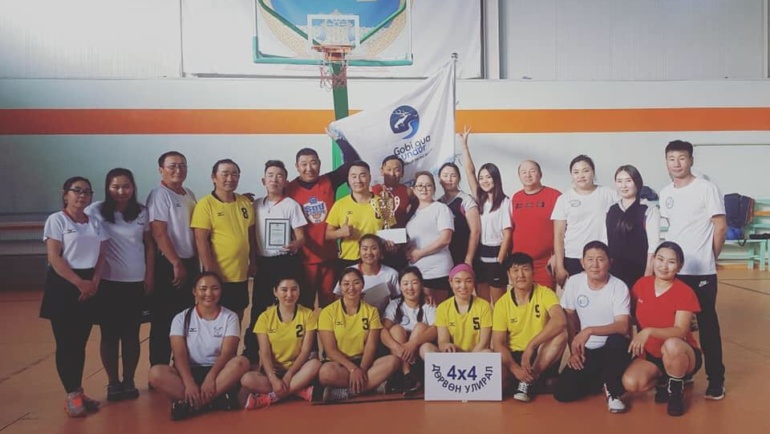Let me introduce you to a place. It is called Erdenedalai in Mongolia’s Gobi Desert in Dundgobi Province – also known as the middle Gobi. It’s where the open steppe starts to turn into the desert steppe. Where grass meets gravel plains. The views are expansive.
Is it considered a highlight? A must-see destination? No. Not by guidebooks or tour companies anyway. Very few (if any) companies or travellers pass through but it is a place I love dearly.
It is also the inspiration behind the name of the Mongolian side of our business – Gobi Gua Undur Mongolia. It is actually the name of a small hill just outside of Erdenedalai – the area of land where Turuu’s father was born. Even though annual precipitation in this area is low, with no permanent lakes and very few springs, roughly 5880 herder households make their home in this transition zone between steppe and desert. Although westerners may choose to dismiss the region as not interesting enough, it is home, and therefore real-life, to many. We focus on this region little visited by other western groups as it means our financial support has more of a positive impact. We work side by side with the local families within the community making sure our experiences are put together in a way which benefits the families rather than disrupting their lives. The income raised from our homestay and other activities in the region provide an additional income to the local families.
Over the years of working in tourism in Mongolia, I’ve noticed that more companies are providing more extreme style activities such as crossing 1000 miles of the Gobi on foot, the world’s longest horse race, kayaking down the Khovd River or skiing with the Tsaatan.
I remember when just visiting Mongolia was considered extreme. But I do understand. It’s an aggressive business world. Every business, large or small, needs a competitive advantage to distinguish itself from the competition. That’s why more and more of my competitors are offering the furthest, highest, remotest, most off the beaten track authentic (got to keep it real!) experience. In this tough competitive environment going extreme opens up the market – it adds an additional unique element.
But. The average Mongolian still experiences more extreme conditions throughout the year than any international participant of an extreme challenge. And that’s why I believe that spending time in the ‘in-between landscapes’ – the ones where everyday Mongolians make their home, do daily battle with the elements and that are not highlighted by tour companies or guide books – give you more context, a more real experience of the country and its people.
Mongolia is so vast it’s oceanic. And that’s replicated in the place names – Bayandalai (‘rich ocean’) or Erdenedalai (‘jewel ocean’). But because these middle landscape regions are not mentioned … few travellers want to experience them. Often they are not considered extreme or remote or exciting enough. But they are still Mongolia. Real-life still happens in them.
I believe that it’s about time as visitors we forget the comparisons. Forget the ego-driven tourism. Forget the social media account. Instead, I think that slow lane tourism (as I call it) works well and has a part in the sustainability of travel. We practise what I call slow lane tourism in Erdenedalai. It’s very much an ‘in-between landscape’ – it’s not recommended or highlighted – it just exists. But spending time in landscapes like those that have inspired our Mongolian name of Gobi Gua Undur Mongolia will make you slow down and therefore provide you with slower travel experiences of a more immersive kind that allow you to connect with others.


